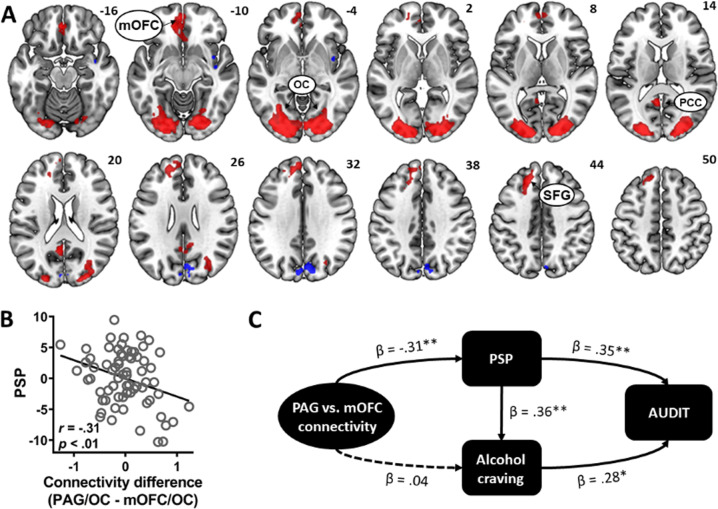Fig. 4. Functional antagonism of PAG and mOFC connectivity during alcohol cue exposure.
a During the ACR task, alcohol relative to neutral cues elicited activations in the mOFC, superior frontal gyrus (SFG), and a cluster containing the bilateral occipital cortices (OC) and posterior cingulate cortex (PCC) (red). The reverse contrast showed significant activation in the parieto-occipital sulcus (blue). b PSP scores were negatively correlated with the difference in connectivity strength between PAG/OC and mOFC/OC during alcohol cue processing, indicating the stronger the PAG/OC relative to mOFC/OC connectivity, the lower the PSP expectancy. c Path analysis showed a significant model in which PAG vs. mOFC connectivity strength difference indirectly reduced problem drinking by lowering PSP, which in turn lowered alcohol craving. Solid and dotted lines show significant and non-significant paths, respectively. *p < 0.05, **p < 0.01.

